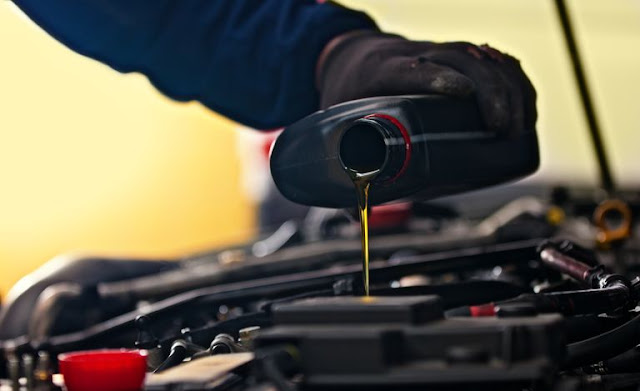Gamification: A Powerful Tool for Improving Driver Performance

Gamification has become increasingly popular in recent years as companies have sought new, more effective ways to engage employees and achieve higher levels of productivity and compliance. While gamification was once the province of web-based businesses, today, businesses in just about every industry vertical are taking advantage of the benefits gamification programs can offer, and fleet companies have been quick to adapt. The idea behind gamification? Tap into our innate desire to compete (and be rewarded), and then use that desire to drive changes in behavior. Telematics software and mobile technology like smartphones make it simple to incorporate gamification in the fleet industry to improve driver safety and compliance while supporting deeper engagement in company-wide goals. Gamification and Driver Behavior When it comes to driver behavior, providing immediate corrective feedback is critical for eradicating bad habits and helping good habits “stick.” The key is to





